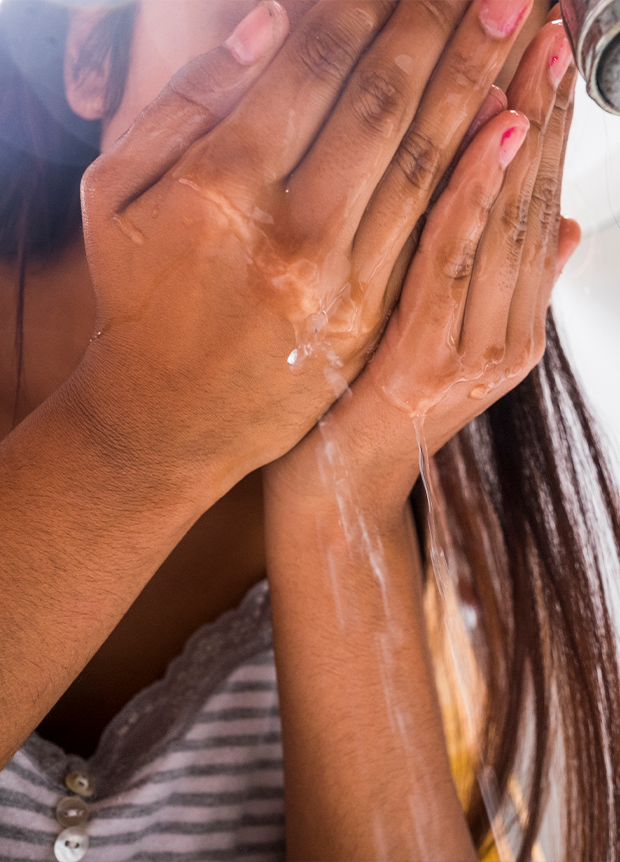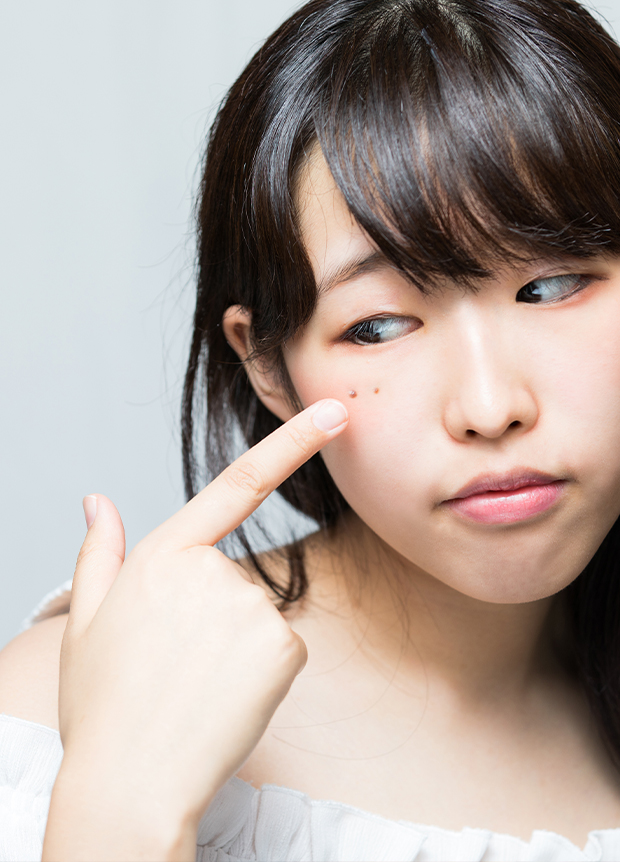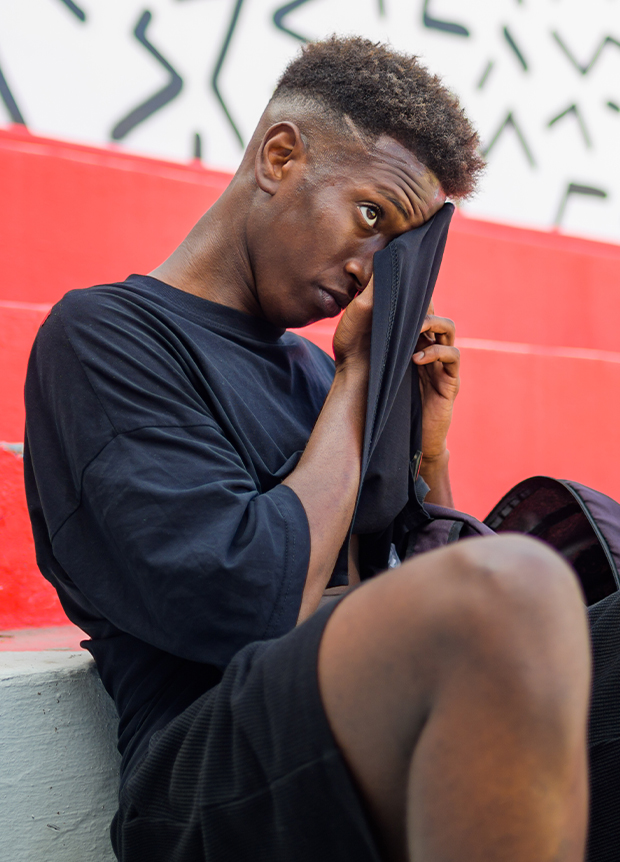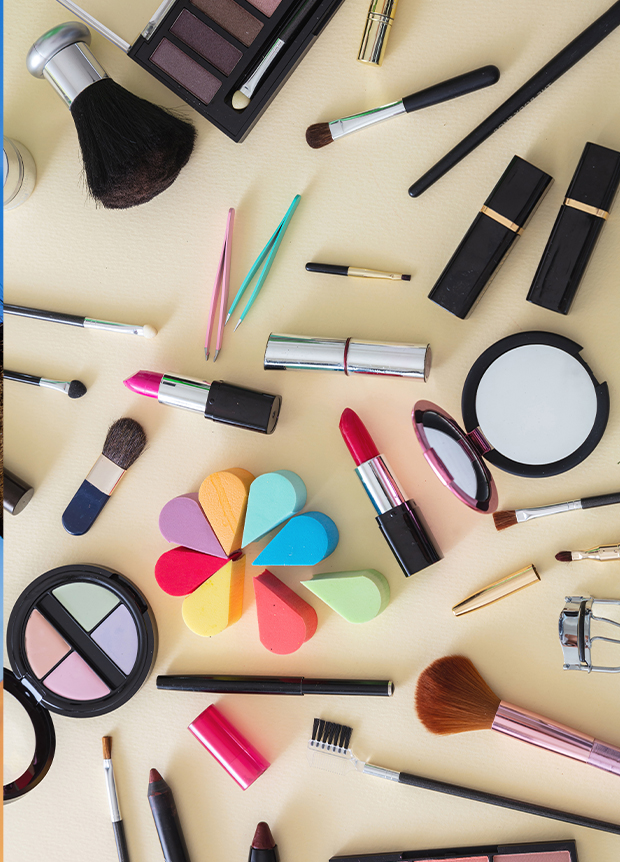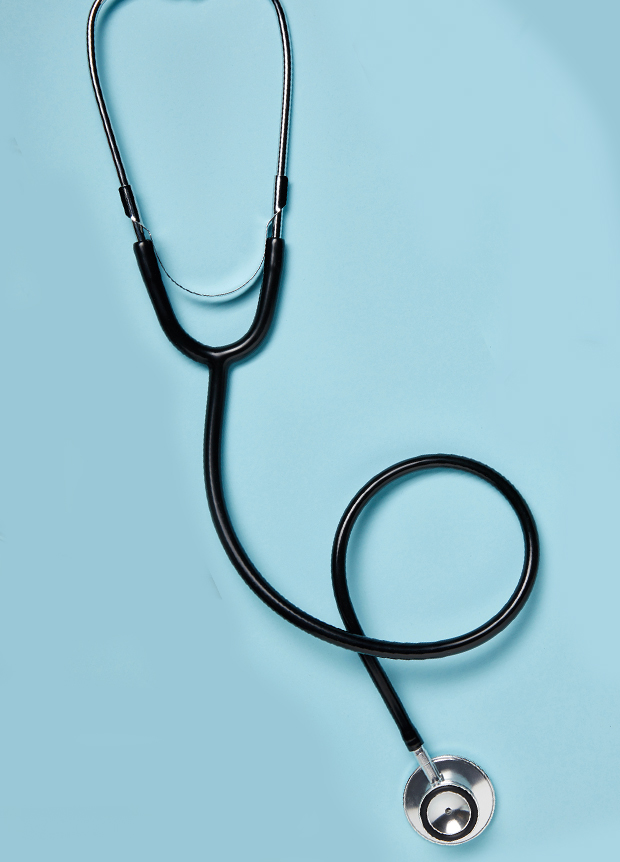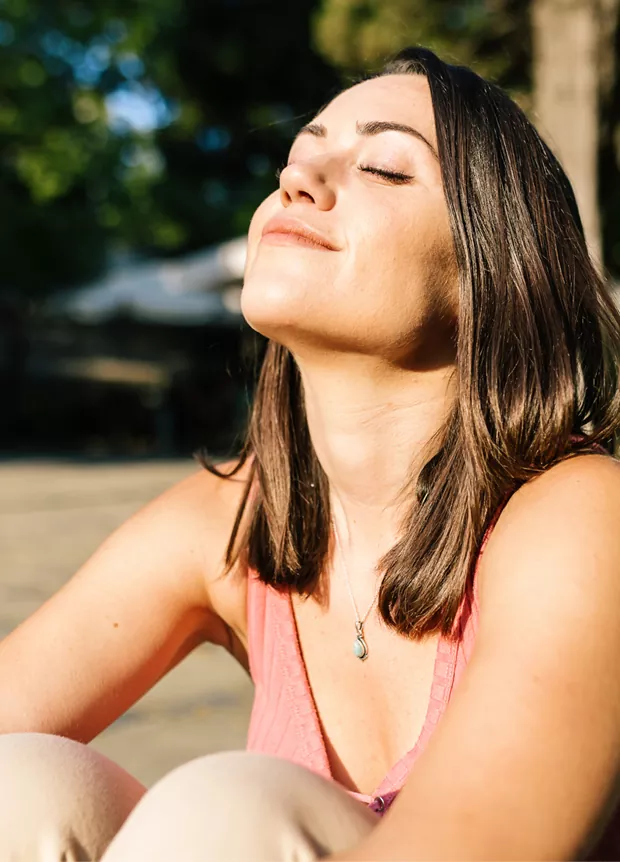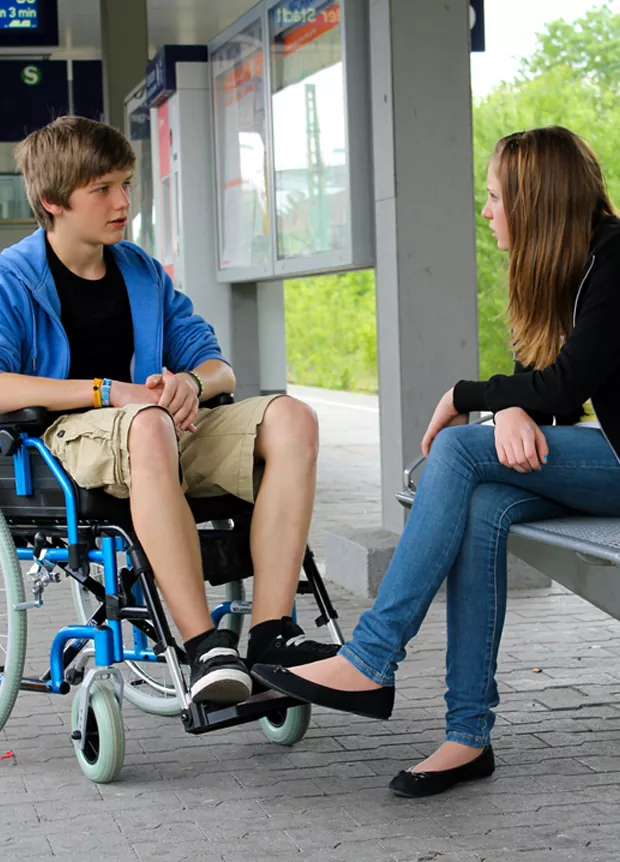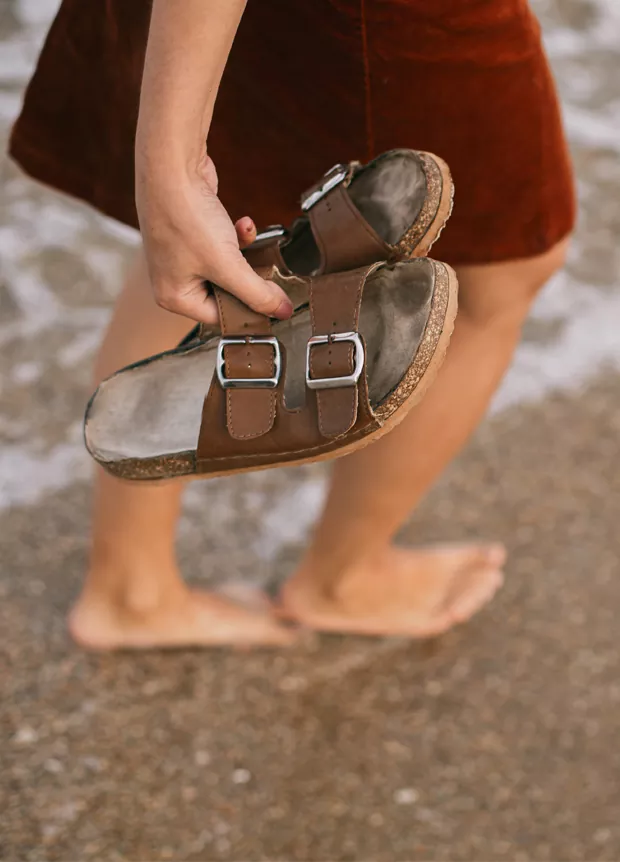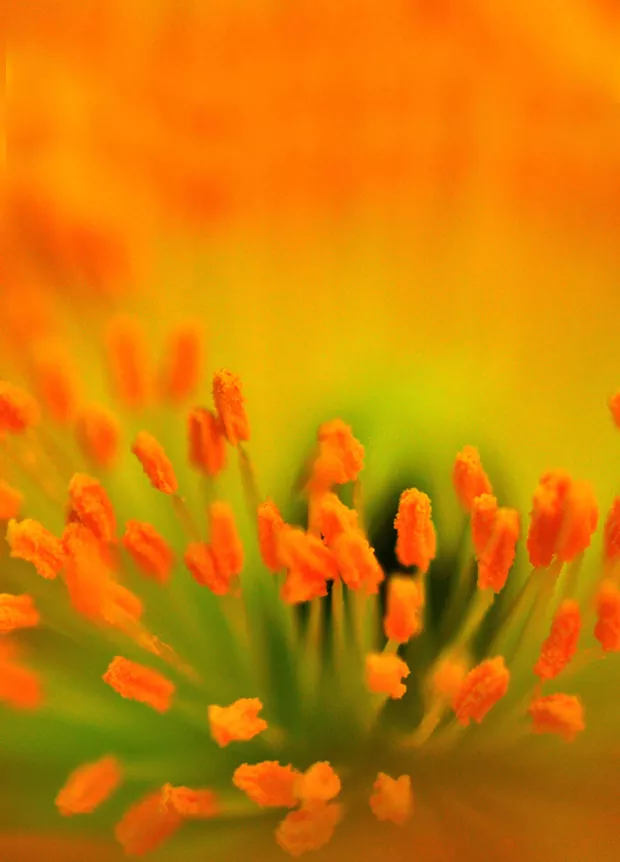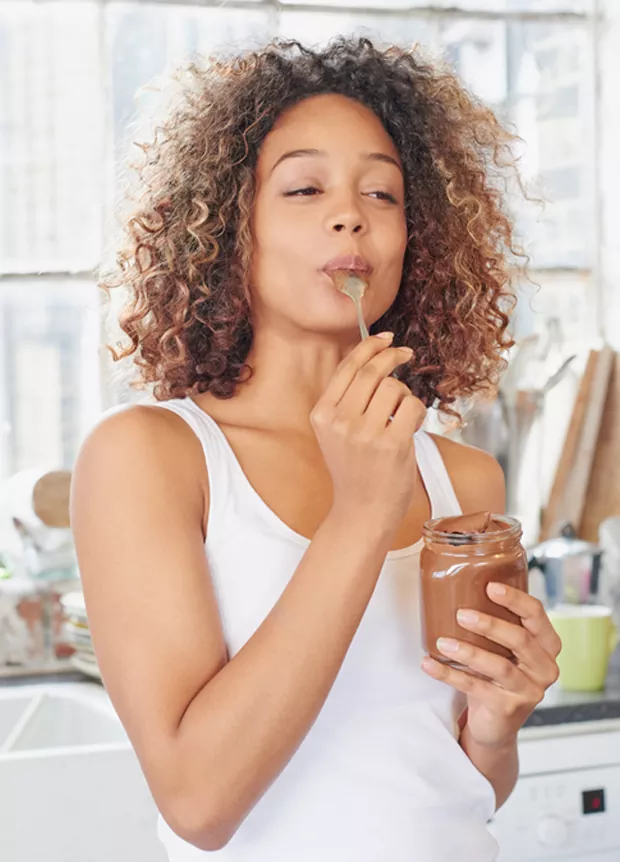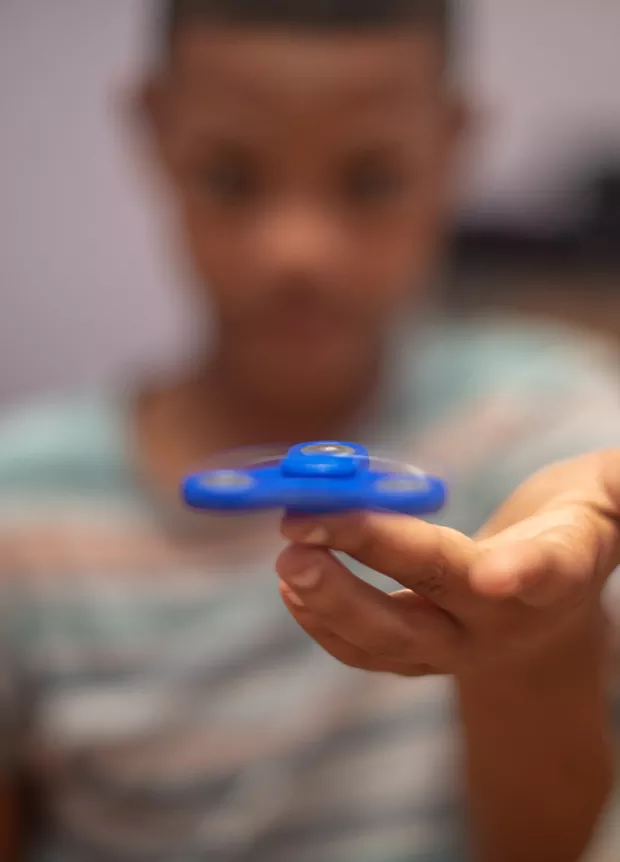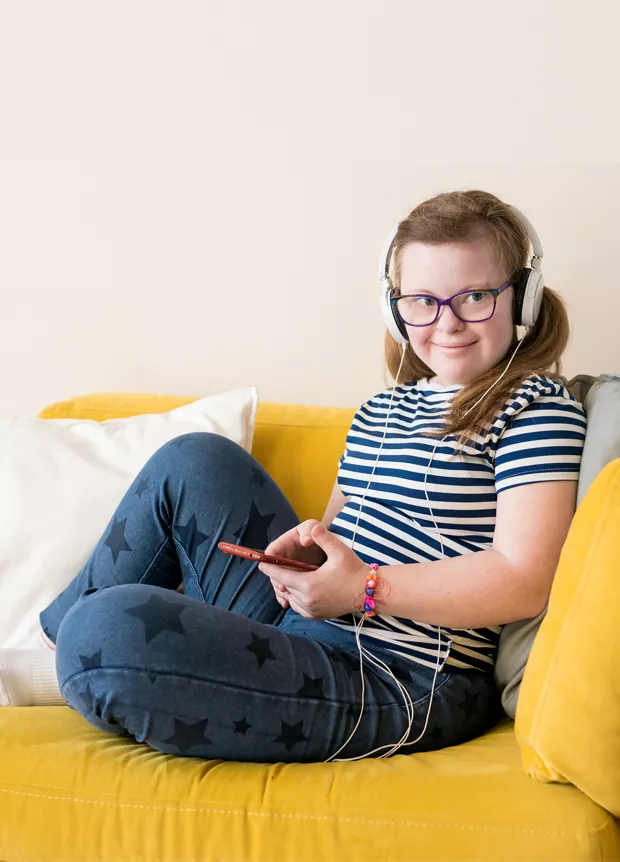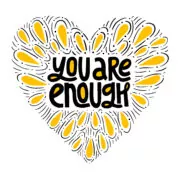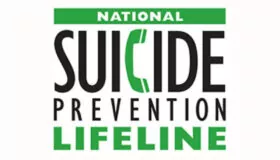Caring for your skin doesn’t have to take up lots of time but does require consistency and daily effort. It’s never too early to start forming good skin hygiene habits and the things you do for your skin now will continue to keep you looking your best for many years to come. We have plenty of tips that won’t take too much time. Here is a list of our dermatologist’s top 12 tips for a great preteen and teen skin care regimen.
Tip #1 – Wash your face!
Never go to bed without cleansing your face, whether or not you wear makeup. Be sure to cleanse the skin morning and night or after working out/playing sports to remove excess oils and bacteria. If you do wear makeup or you are experiencing oily skin, you may want to double cleanse by first, wiping off impurities using micellar water/toner and then utilizing a gentle foaming or hydrating cleanser with warm water to wash the entire face.
Another important factor when treating whiteheads and blackheads is proper exfoliation. You may think that using a scrub with microbeads is helpful, but if this is done too harshly or frequently, it can actually damage the natural skin barrier and worsen acne. Instead of using a physical scrub, go for a chemical exfoliant serum or a wash containing ingredients like alpha-hydroxy acids or beta-hydroxy acids, such as glycolic acid or lactic acid. Use this 1-3 times a week after cleansing. This will ensure the dead surface skin and excess oils are coming off and not building up in the pores. Exfoliation helps to remove buildup. Don’t forget to apply a light layer of an oil-free, non-comedogenic moisturizer after exfoliating.
Pro-tip: Having trouble remembering to wash your face twice a day? Try putting your face wash on top of your toothbrush holder. You almost certainly remember to brush your teeth twice a day, so use that to your advantage!







